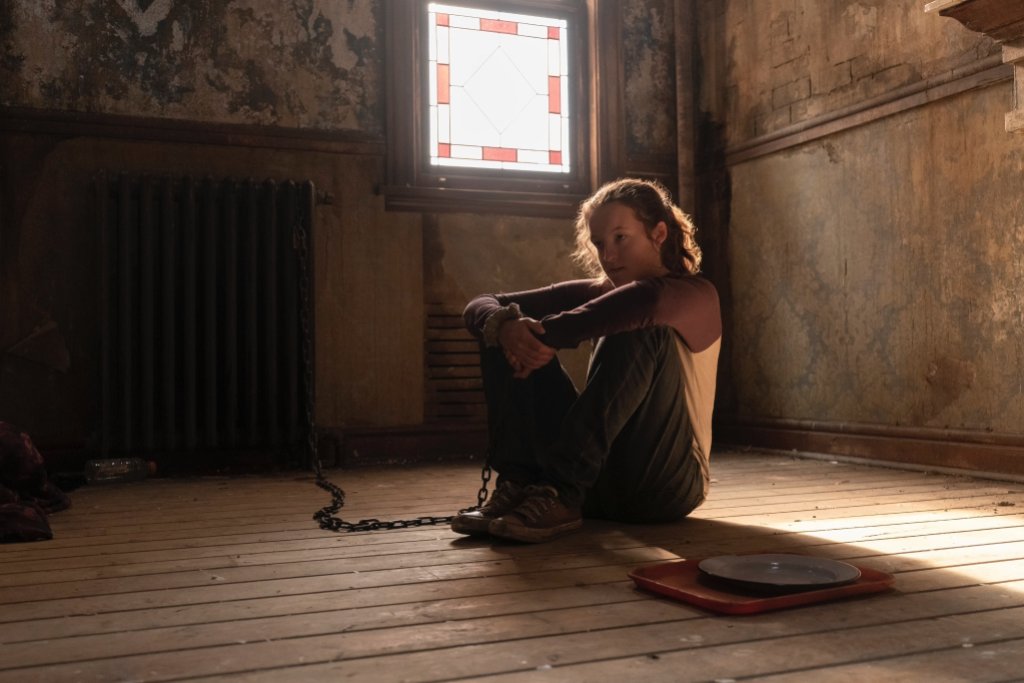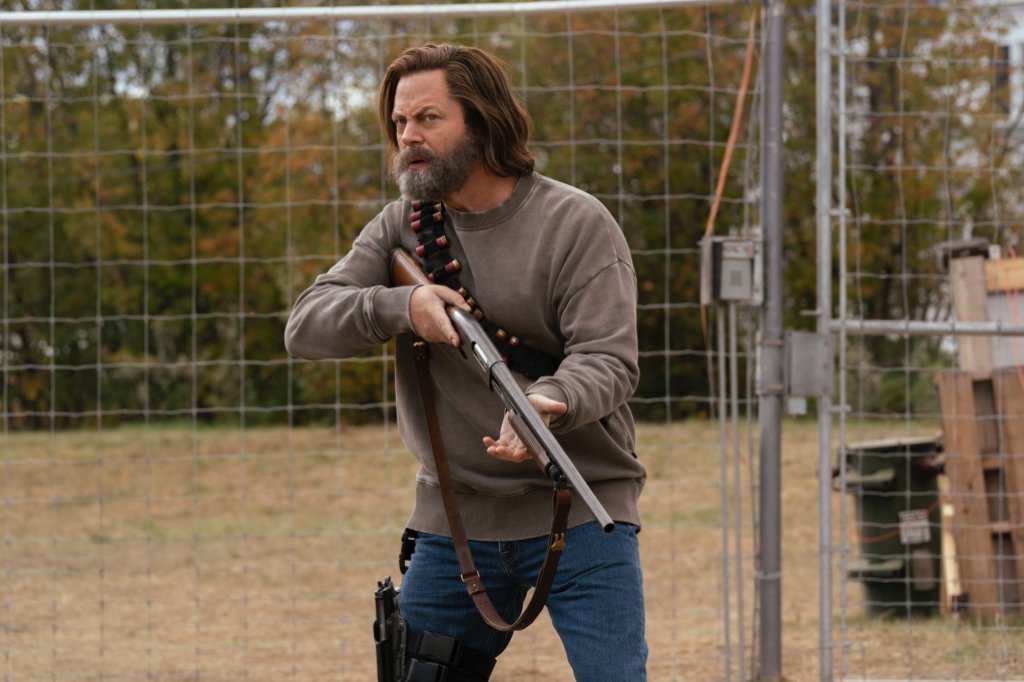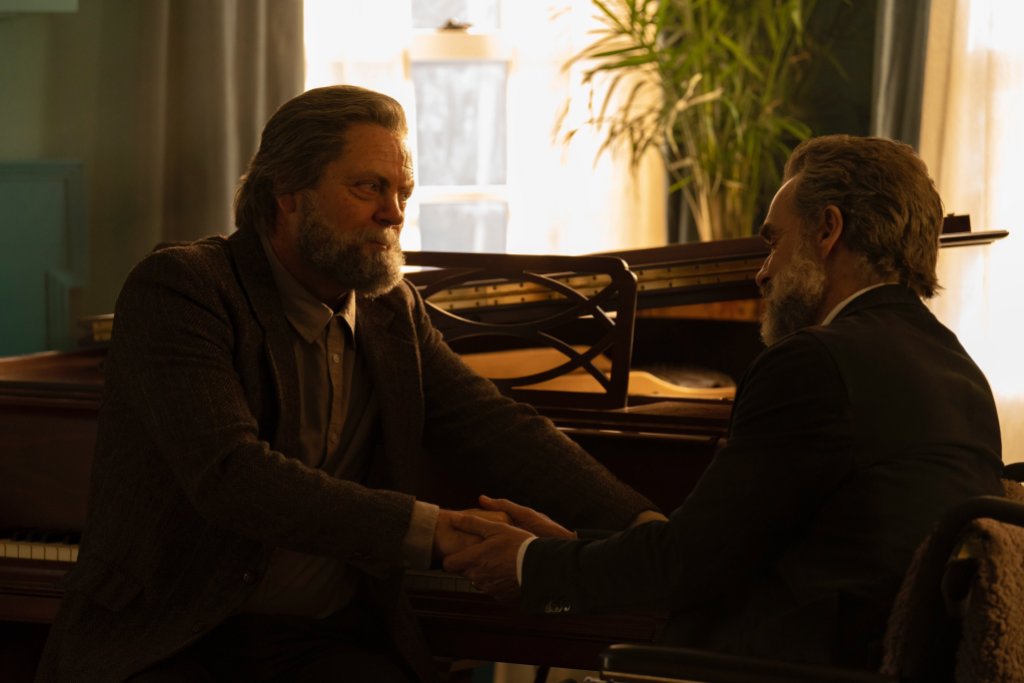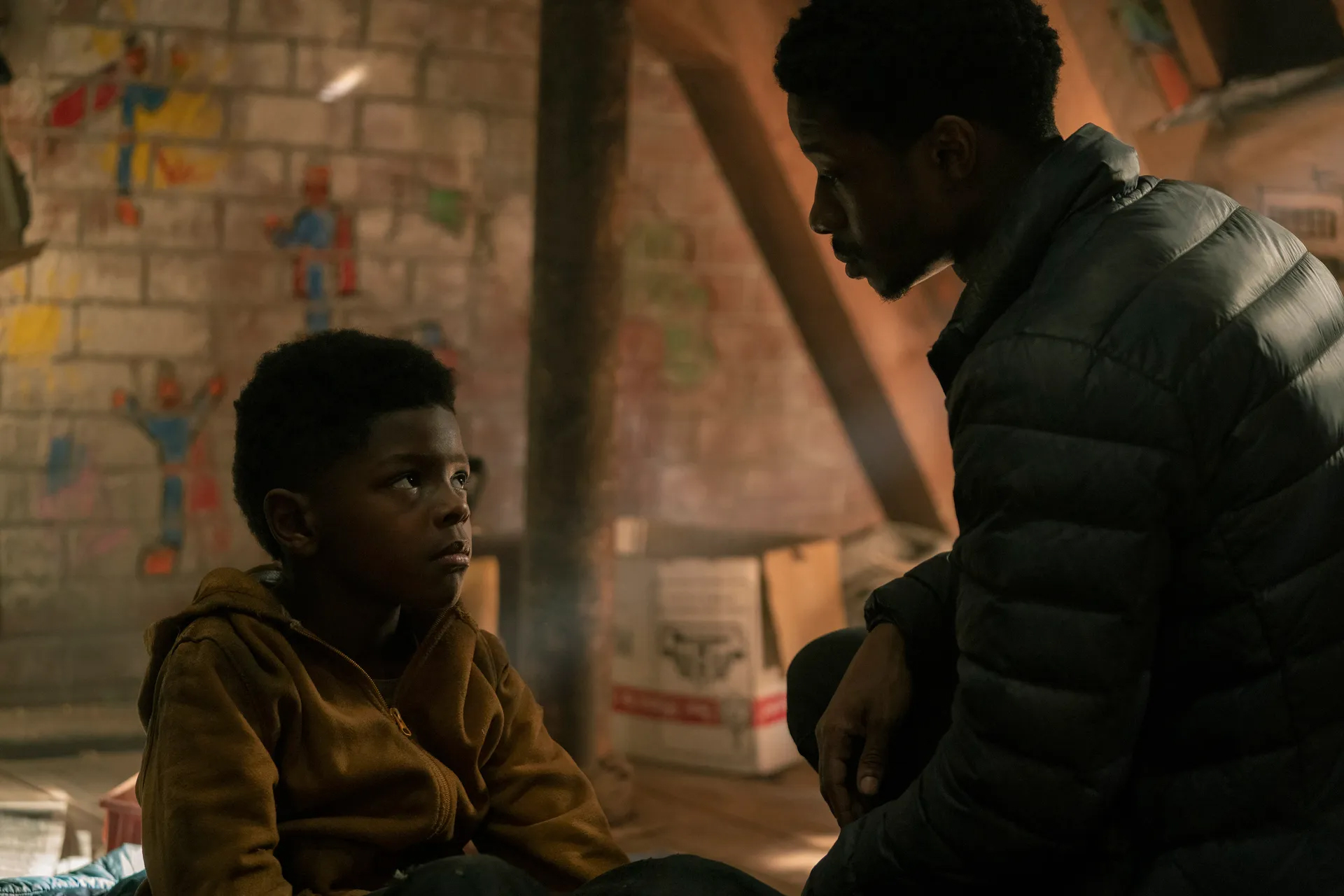Hi! I’m Colin, and welcome to Storycraft, a new column about the intersection of storytelling in movies, TV, and video games. As a script and screenwriter, I know plenty about story structure, authentic dialogue, and how to bring something to life off the page. We’ll dig into how video games try to replicate movie and TV storytelling techniques (but often fail to deliver) and how movies and TV have been influenced by gaming, either directly through adaptation or by chasing trends. If you’ve read my pieces on the one-take camera gimmick in God of War or how the Dead Space remake’s writing helps make it more terrifying than the original, you’ve got an idea of what I’m going for. Thanks for reading!
This article contains spoilers for The Last of Us for episodes 1 – 5.
Before HBO’s The Last of Us, was there a video game adaptation that was “good”? Not fun, authentic, or perfect, just good.
For me, the closest we ever got was Christoph Gans’ 2006 movie adaptation of Silent Hill. A fan of the games, Gans’ love of the series’s iconography hurts the adaptation. Including the monster Pyramid Head doesn’t make sense in Silent Hill‘s story, but he’s the series mascot so he’s gotta be in there.
Adaptation is a tricky thing. Charlie Kaufman wrote a whole movie about it. Don’t change anything and the work feels inessential; change too much and you risk losing what made the original text worth adapting in the first place. The best adaptations keep the essential elements of the original but make modifications that suit the new medium of the adaptation.
A great example of this is Zola, which turned an outrageous Twitter thread into one of the first great movies of the 2020s. Zola, the movie, takes the bones of a viral story, written in first-person, and blows it all out into an uproariously entertaining crime comedy while exploring the underlying thread of the original story: that sex work can be rife with danger.
A video game is not a Twitter thread or a novel. It’s not one person’s vision. Many video game adaptations feel assembled by a committee, like a group of producers and marketing people got into a board room and wrote down everything on a big whiteboard that an adaptation of Halo must have. In an effort to not alienate the hardcore “fans,” who are often encouraged and even rewarded for toxic behavior when a property they feel connected to “betrays” them, everything on that whiteboard has to go into the movie, no matter if it actually helps the story or not.

And, hot take alert, the stories aren’t good! Video game stories are usually pretty bad, even the good ones. A movie has three pillars: story, acting, and image. If one is weak, the whole picture is weak. But games have, like, a million pillars. They have to worry about story and acting, too, but “image” in a video game includes things like visual design, graphical style and fidelity, cutscene direction, etc. And then they also have to worry about game design, which has its own pillars.
It’s not that games don’t care about story. Many people spent thousands of hours crafting the absolute reams of story in the modern Assassin’s Creed games — but to what end? Is Eivor’s story as memorable as The Godfather? Hell, is it as memorable as Con Air? At least I can tell you what happens in Con Air!
The best “video game movies” aren’t based on games at all but are inspired by them. Movies like Scott Pilgrim, Edge of Tomorrow, and John Wick take the themes of video games as a medium and apply them to well-known movie structures. In 2015, Mad Max got a new movie and a big-budget open-world video game. Fury Road feels like all the good parts of a video game crammed into one of the best action movies ever made, but the game is an over-long scrap-collecting slog with some decent car combat.
So, why does The Last of Us succeed where other video game adaptations fail? Theme. Yes, they took the recognizable characters, designs, and plot of the game, but just like with Zola, they looked deeper than “what happens” and used the medium of an HBO prestige drama as a canvas to explore far beyond what the games allowed.
I’ve already covered my thoughts on the first episode of HBO’s The Last of Us, so I won’t relitigate all that here. But I thought the pilot was a wasted opportunity so worried about setting the table that it forgot to cook a meal.

Episode 2 discards all the awkward plot injection and weak character moments to lean all in on video game bullshit. Collapsed stairwells stopping the characters from going back? Check. Boosting a character over an obstacle so they can unlock a door? Check. Stealth sequence with clear rules? Check.
Episode 2 adds some really interesting things to The Last of Us, like ditching spores for the mycelial network connecting large groups of infected, but it also gives us Tess’ terrible death scene, where she panics, hyper-fixates on a broken lighter instead of all the grenades she has lying around, and lets herself be kissed to death by a mushroom zombie. It’s a much-needed jolt of action and video game silliness after the self-indulgent first episode, but it doesn’t expand the ideas created by the game so much as it takes them in different directions. It felt like another video game adaptation — and at least Mortal Kombat was fun!
Then episode 3 happened.
Episode 3 takes the bones of the Bill and Frank story and deepens them in every conceivable way. In the game, the player, as Joel, runs afoul of Bill by setting off several of his traps. Game Bill is more like Show Bill at the beginning of the episode: prickly, distrustful, obsessive, and borderline sociopathic. The game gives you a fair amount of Lincoln, Massachusetts to explore. It’s pretty dense, and Bill has filled it with traps and overlapping barricades. The show’s version of Lincoln seems more accurate to the real thing: a spread-out town connected by small streets that have stayed relatively unchanged since the American Revolution. Bill’s stronghold in Lincoln appears to be little more than one block, comprising his house, a few shops, and a church. And Frank.

In the game, we never meet Frank. We hear about him through Bill’s dialogue and notes lying around, but he’s not really a character — he’s a storytelling device that serves two purposes: firmly establish that Bill is gay, a very rare character trait in a video game in 2013, and that Bill is a pain in the ass to everyone. In Frank’s suicide note, he confesses to Bill that living with him is too hard, and in attempting to run off, he was bitten by an infected and hanged himself to avoid hurting Bill when he turns. It’s pretty grim, and while the evidence is certainly there that Bill and Frank were lovers, the game doesn’t make a big deal of it. It also makes perfect sense that someone would get fed up living with Game Bill, who does nothing but insult Joel and Ellie and express annoyance that they’re in his space. He’s a real prick, and by the end of the hour or so you spend with him, you’re ready to move on from him too.
Bill was an extremely richly developed and presented character by 2013 video game standards — hell, by modern video game standards. To be sure, he was a prepper stereotype, but the added text of his relationship with Frank was Naughty Dog’s secret sauce that makes their characters so compelling. Ultimately, he was still a device used to teach the player a few tutorials and send them on their way. He was not a person.
It is a textbook example of how to write an interesting character: take an archetype, the weirdo survivalist with tons of guns and a huge beard, and give them an unexpected twist — in this case, his homosexuality. You only get a hint of it because the game isn’t about Bill or the lifestyles of the post-apocalypse; it’s a power fantasy about being the ultimate badass with a heart of gold, making Molotov cocktails out of alcohol you find lying around, and smashing dudes in the face with a pipe.
What made the game The Last of Us so compelling was how it balanced that power fantasy with a thematic and narrative exploration of violence, but it was still a video game made for PlayStation 3 owners, who were mostly 20-38-year-old men — so the exploration was superficial. The game’s story doesn’t present any answers, and you are forced to commit horrific acts of violence to see its conclusion. But it does slow down at times to present the consequences of that violence, however superficial.

HBO does not create content for 20-38-year-old male gamers, and the prestige drama television format is not a YouTube “Let’s Play” of a zombie apocalypse power fantasy. While the game has more than the usual amount of dialogue for an action-adventure game, you still spend most of your time running, hiding, hunting, and killing. The characters in the show spend most of their time talking, which allows for the stereotype-with-a-twist caricature of Kooky Old Secretly Gay Survivalist Bill to become a real human being.
But the magic of episode 3 isn’t just that it’s a beautiful short film: It also advances Joel’s storyline. With Bill gone, finding Tommy is much more important, as he may be the only person Joel knows who is still alive. If episode 3 had only been a little detour of a story, it would still have been lovely and lauded, but the fact it serves a greater purpose in pushing the season’s story forward is just good writing.
The show did it again in episode 5, when Henry, Sam, Joel, and Ellie discover the children’s refuge in the sewers underneath Kansas City. This is another effective gut-punch moment in the game about how horrible the apocalypse is, but the show uses the opportunity differently. In Henry, Joel finds a kindred spirit: a hard man who has made tough choices, even committed murder, to protect his family. With Tess and Bill gone, Joel needs a little extra push to care for Ellie. After talking to Henry, Joel is fully committed to looking after her.
The Last of Us was an obvious contender for adaptation. It was massively successful, critically beloved, and created specifically to bring more sophisticated storytelling to video games. It shouldn’t have taken this long to make something interesting out of the raw material of a video game story, because many games have good storytelling bones.
We should have had a sick Halo war movie by now, instead of a bloated, confusing, self-serious TV series. We should have had a whole series of Saturday morning cartoon-stupid Mortal Kombat movies instead of the overly complex mythology wrangling of the recent film. And with superfan Christoph Gans back in the director’s chair, we may finally get the Silent Hill movie more concerned with scaring the crap out of us than explaining itself.





